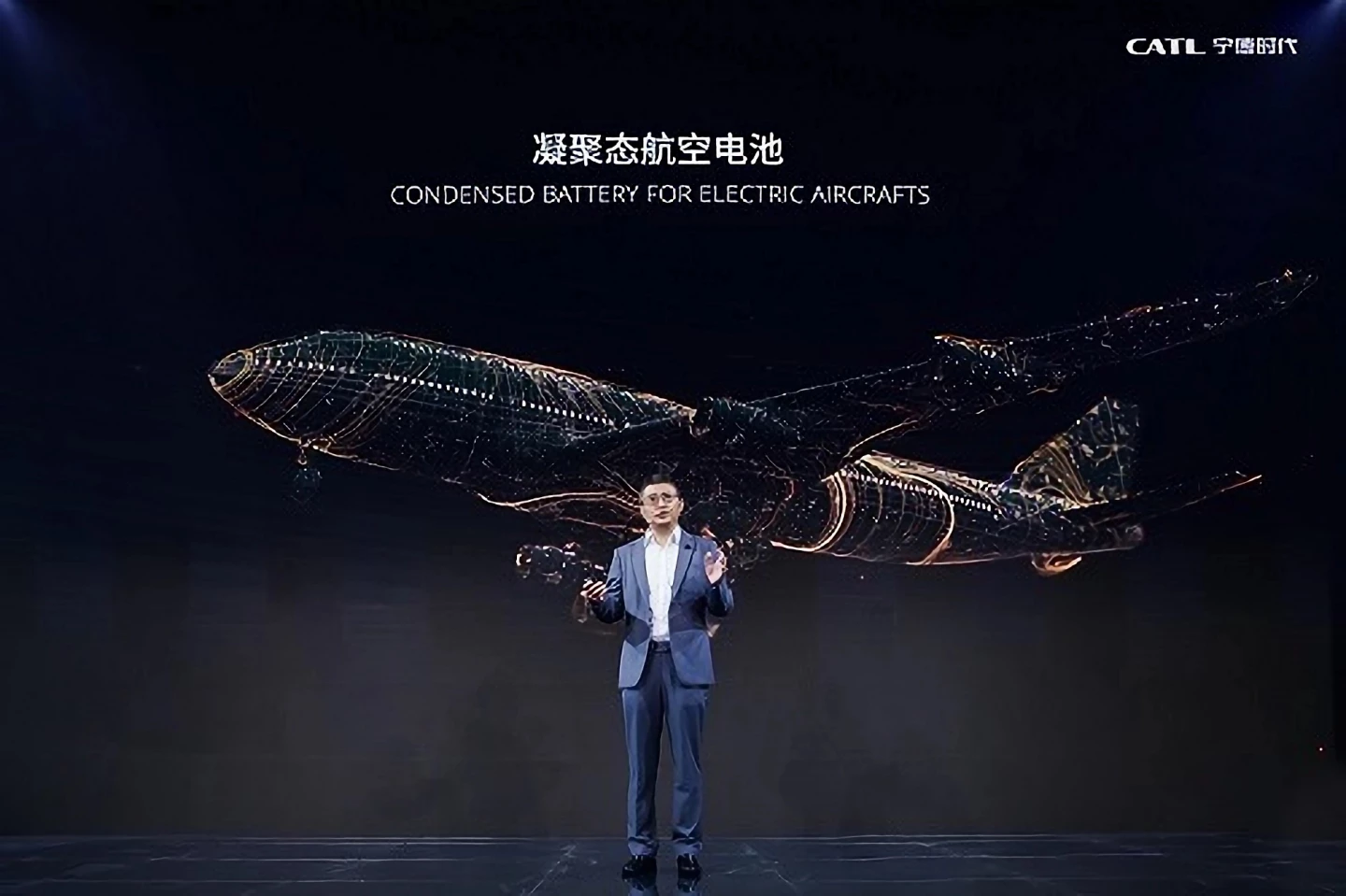Lithium batteries started an avalanche of innovation when they became widely available, largely because they could hold significantly more energy by weight than other contemporary chemistries. Touchscreen smartphones, drones, all-day laptops, long-range electric cars and the first generation of battery-powered aircraft were some of the results.
But more energy storage is always better – you can either make things last longer, or weigh less – and manufacturers have been racing to raise the bar with next-gen battery technologies. One key metric in the aviation world is specific energy – the amount of energy stored per kilogram of battery, and CATL says it's ready to set a new benchmark.
The lithium-based condensed battery was launched Wednesday at the Auto Shanghai expo, with CATL claiming blockbuster energy density figures "up to 500 Wh/kg." The highest density cells we've seen previously would be from Amprius, which was shipping batteries at 450 Wh/kg more than a year ago. Meanwhile, the 4680 battery cells in Tesla's Model Y are being measured at around 244 Wh/kg.
CATL says the new batteries feature innovations in "ultra-high energy density cathode materials, innovative anode materials, separators, and manufacturing processes," and use "highly conductive biomimetic condensed state electrolytes to construct a micron-level self-adaptive net structure that can adjust the interactive forces among the chains," improving performance, efficiency and stability.
Other than the banner figure for specific energy, the company is giving little away at this point. We don't yet know what these cells will offer in terms of energy density by volume, for example, or power density. CATL says they'll deliver "excellent charge and discharge performance as well as good safety performance."

The company says it's already partnering with electric aircraft companies, looking to satisfy aviation-grade safety and quality standards. Clearly this will be of extreme interest to anyone developing an eVTOL aircraft, provided the cells can put out enough power for VTOL operations – but electric fixed-wing passenger aircraft will also get an impressive range boost out of this tech.
CATL says it "can achieve mass production of condensed battery in a short period of time," and indeed, it expects to put an automotive-grade version of this battery into mass production before the end of the year – although we don't know what kind of specific energy figure we can expect from that.
We've seen plenty of next-gen battery technologies promising huge density figures over the last five or more years, but far fewer that make it through to the product stage. So it's exciting to hear that these are likely to start rolling out in serious numbers in the coming months.
Source: CATL






